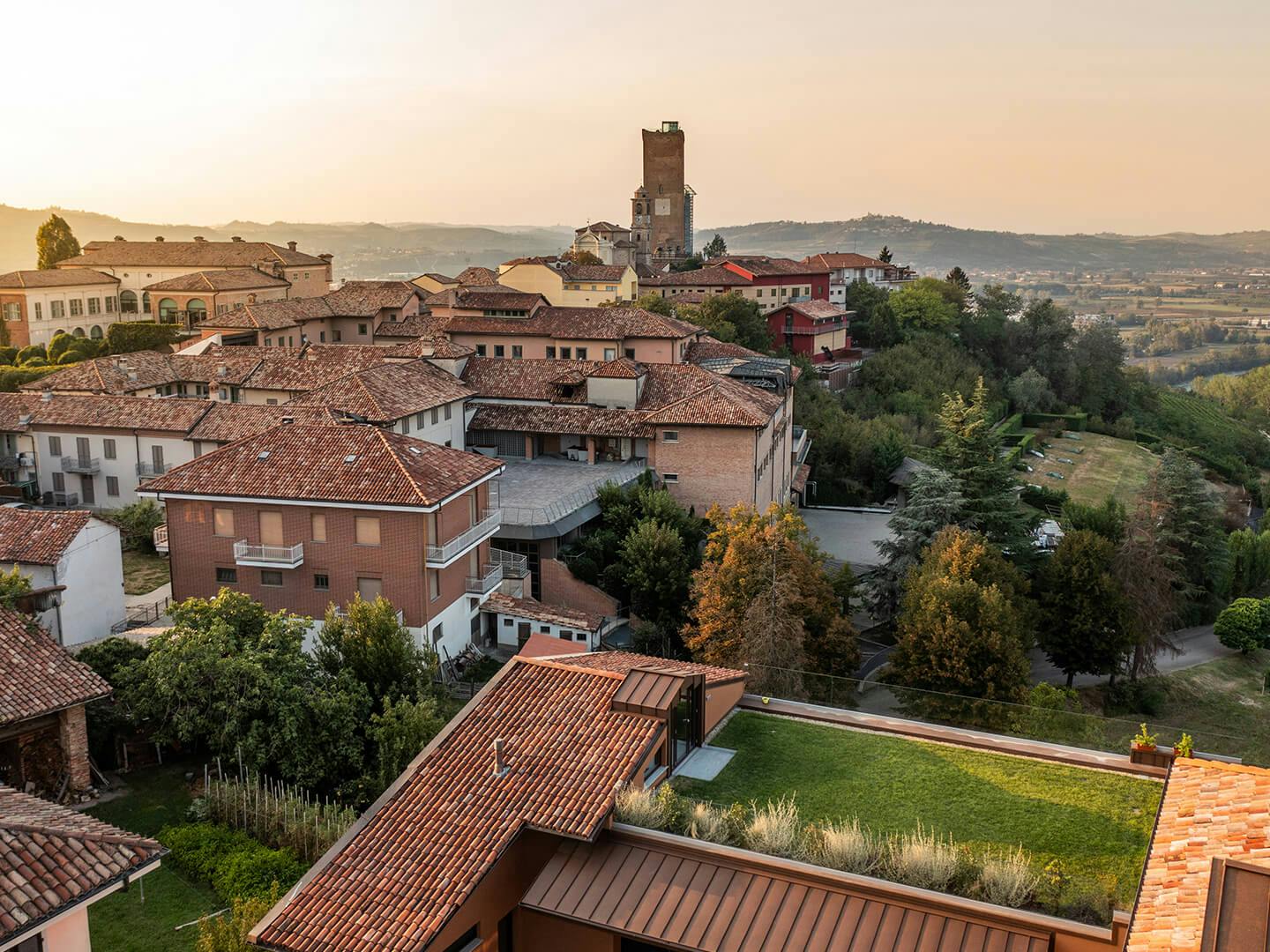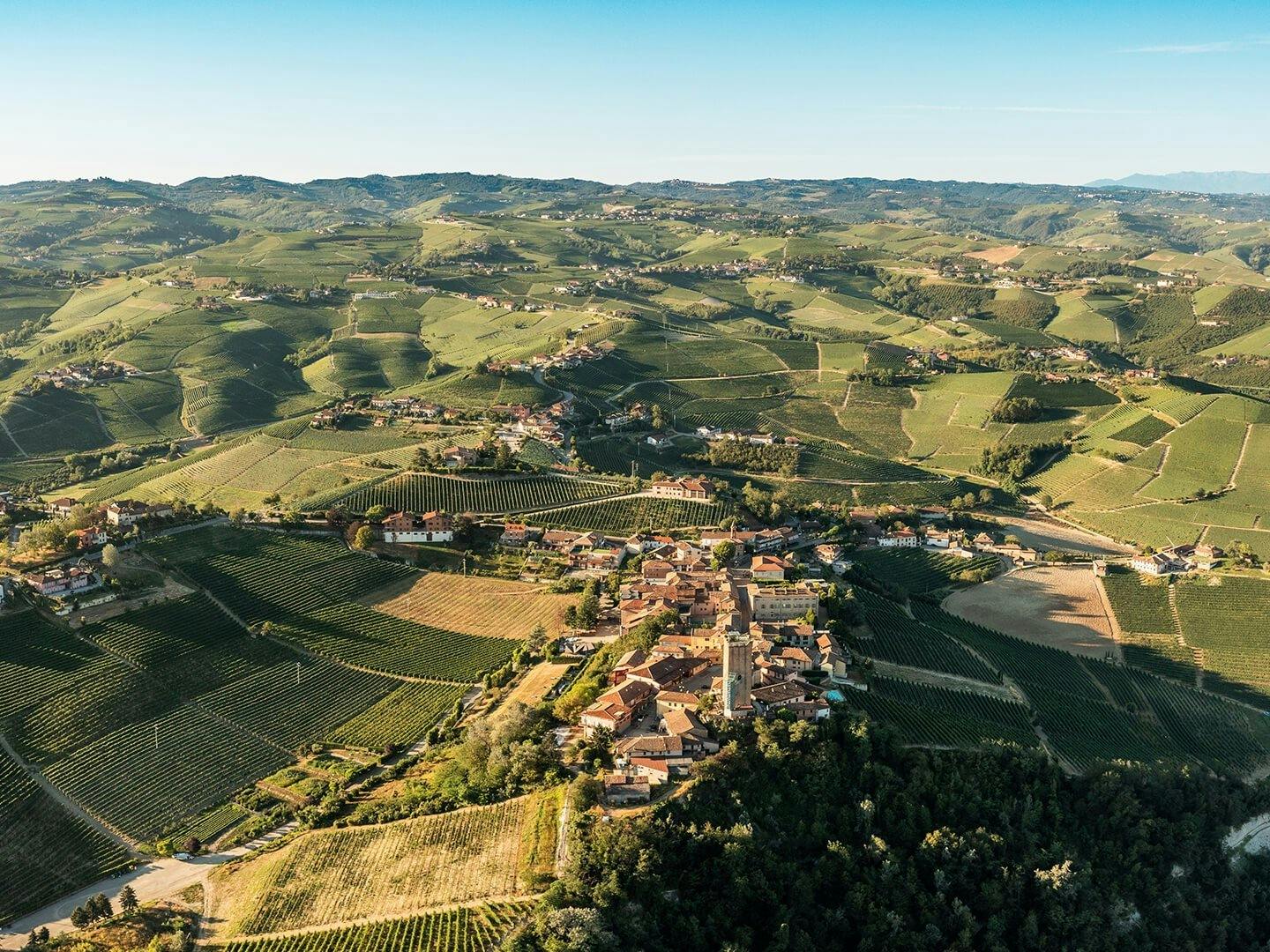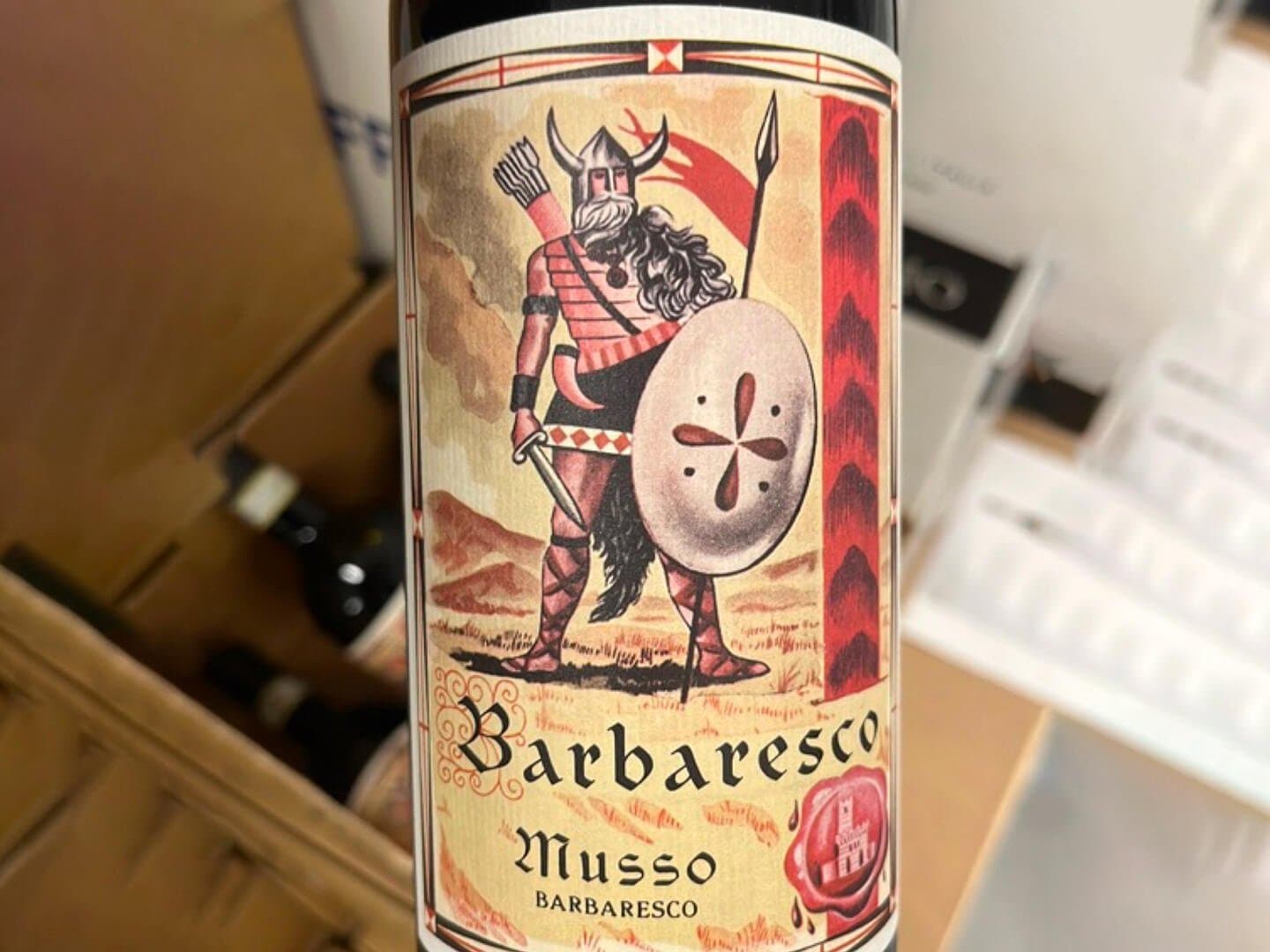At an altitude between 240 and 280 meters above sea level, this cru is exposed from west to south-west. The soil is predominantly calcareous with frequent intersections of clay: in fact, a complete and compact soil is created which is particularly suitable for the cultivation of Nebbiolo.

Barbaresco
In this village, located in the Langhe wine region, Musso company has developed its story.
Waves of hills in the Barbaresco region
At an altitude between 300 and 400 meters above sea level the territory is made up of hills of predominantly marly and tuff layers mixed with slabs of sandy composition.
The vineyards of the Musso company, approximately 10 hectares in total, are almost entirely on the hills of Barbaresco, located in four of the most prestigious geographical mentions in the country: Pora, Rio Sordo, Cavanna and Ronchi. Here we find the territorial varieties: Nebbiolo, Barbera, Dolcetto and the universal Chardonnay; instead, the cultivation of Arneis is carried out in a town in the typical Roero area, beyond the Tanaro river: in Santo Stefano Roero the company runs a vineyard in collaboration with a local winemaker.

Barbaresco
Barbaresco
An ancient past made of woods and barbarians.
Barbaresco, in the province of Cuneo, an ancient Langhe territory inhabited by Ligurians and Celts three centuries before Christ, was then conquered by the Romans who founded their military defense outpost and a residential area.
Gigantic oaks grew there, a symbol of strength and resistance, surrounded by salt water springs that still exist today. The first organized nuclei in the area were probably the Ligurians who took refuge in wooded areas to escape Roman colonisation, which had great momentum under the Augustus’ empire.
The name Barbaresco derives etymologically from the terms “Barbarica silva”, barbaric forest, which was baptized by the Romans.
